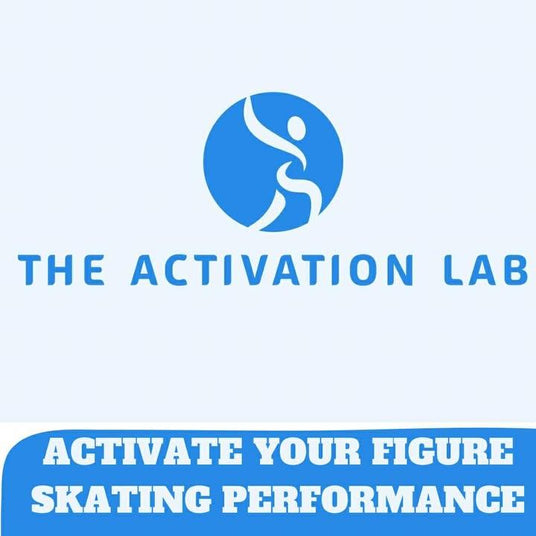BY: DAVID MERSON PT, DPT, ATC (PERFORMANCE AND RECOVERY EXPERT)
We all watched the power, skill, and precise execution of skating skills, jumps, choreography and more of all of the figure skating athletes that competed at the 2025 Figure Skating World Championships in Boston this week. The high level of performance is not there by chance, but rather, years of effort and dedication. To achieve this level…it is important to consistently practice and perform quality performance and recovery habits that can serve as your figure skating performance foundation.
Now..think about what performance and recovery habits you perform. If you are unsure what these may be, you are not alone. In this introductory article, you will learn about three simple performance and recovery habits you start today.
First, let’s start with these questions:
Do you “roll out” with a foam roller, vibrating therapy device, or use a percussive therapy device?
Do you think you consume enough water every day?
Do you think you get enough quality sleep?
ROLLING OUT
You will benefit from using a foam roller after an intense workout for many reasons -
improved blood circulation, accelerated lactic acid return into the body, and muscle tension reduction. All-in-all reducing muscle tightness will allow the body work properly and efficiently. “Rolling out” any muscle will reduce the tightness and bring blood flow to the muscle. The increased blood flow will contain a lot of healthy nutrients for muscle repair, flush out unwanted substances such as excessive amounts of lactic acid, and in turn, will reduce soreness. The reduction of soreness will allow you to train just as intensely as you have previously trained. One action will lead to so many benefits.
Secret tip: If you achieve so many benefits from “rolling out” AFTER an intense workout, you should “roll out” BEFORE an intense workout too. You can prepare your body to perform at its’ best.
WATER CONSUMPTION
Water is essential for your body’s function. The body is made up of a large percentage of water. Therefore, it is critical to consume at least half your body weight in ounces of water every day. For example, if you do weigh 120 pounds, you will divide 120 by 2 which equals 60 - 60 ounces is the minimum amount of water you should drink every day.
SLEEP
Quality sleep is a critical part of your on and off ice success. As adults, it is recommended that you obtain on average 7-9 hours of sleep per night. As adults, this may be a challenge. So, there are other ways to improve your quality of sleep: disconnect from all devices, ensure your room is completely dark, maintain a room temperature of 65-68 F degrees, and/or include plants in your bedroom for improved air quality.
Reflect on what changes you can make in regards to your recovery habits in an effort to achieve your ideal level of performance. You can make small, simple yet effective changes and notice large gains in on and off ice performance.
Please reach out to me directly with any questions or concerns.
BIO OF AUTHOR
David Merson PT, DPT, ATC is a Doctor of Physical Therapy and Certified Athletic Trainer - has over 15 years of figure skating evaluation, treatment, performance, and recovery experience. He is part of US Figure Skating’s travel medical team and has served as a Physical Therapist at many Boston area events, including the current 2025 World Championships. David was a contributing author for Figure Skater Fitness Magazine. Most recently…he has created an on-demand online Figure Skating Performance and Recovery course which can be purchased via the link below.









